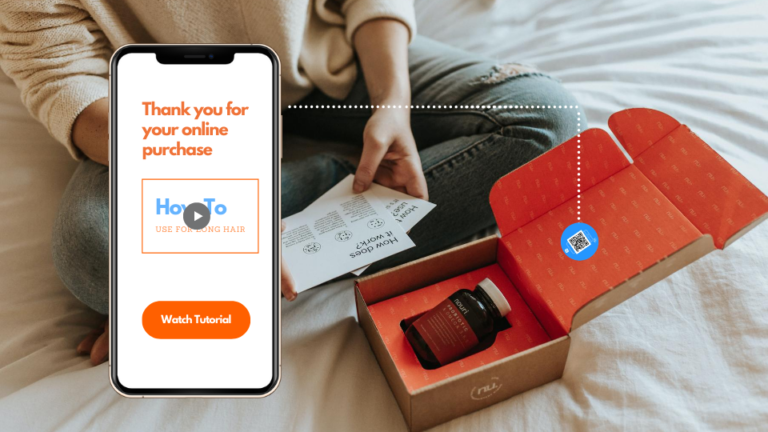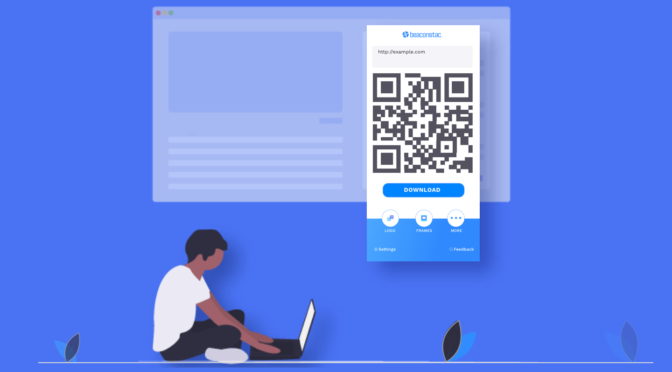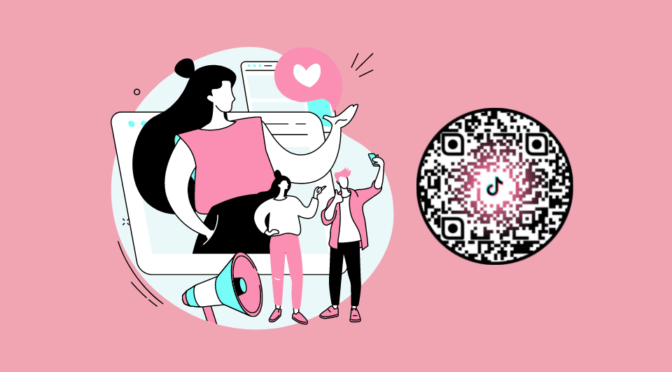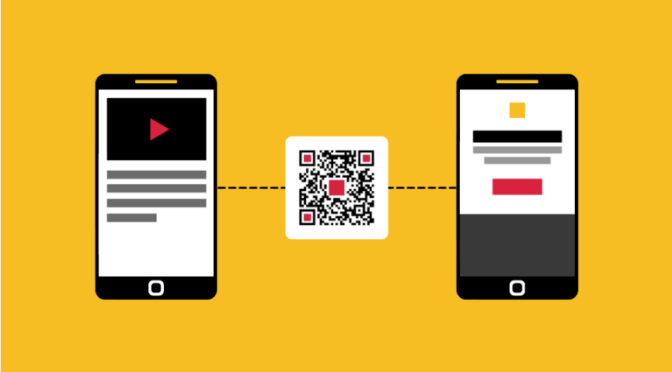The ecommerce industry is going through a strange time in the wake of a global pandemic confining many people to their homes and leading traditional businesses to fail en masse. On one hand, the demand has risen dramatically, with vast sums of money being spent on home delivery by shoppers of all ages and income levels.
Not only do people need basic supplies, but they’re also eager to invest in home entertainment to help them endure the extended isolation. They’re buying new TVs (and media equipment in general), various gadgets, and even board games — trying to turn their homes into livable bunkers that can sustain their spirits while their social lives are limited.
On the other hand, though, suppliers throughout the world are either shutting down entirely or operating at reduced rates, leading to many merchants struggling to meet demand. It’s also true that buyer expectations have shifted: corporate ethics are as important as they’ve ever been, and people want to support organizations that pursue laudable goals.
The overall result? A lot of confusion, and a mixed bag of obstacles and opportunities — but at the very least, online retail is fortunate enough to roll on without too many changes. And whether we’re talking about existing businesses looking for soft reboots in turbulent times or fresh businesses formed in an effort to adapt, QR codes can prove very useful.
Useful in what ways, though? In this post, we’re going to set out some key ways in which eCommerce businesses can benefit from using QR codes as 2025 barrels on. Let’s get to them.
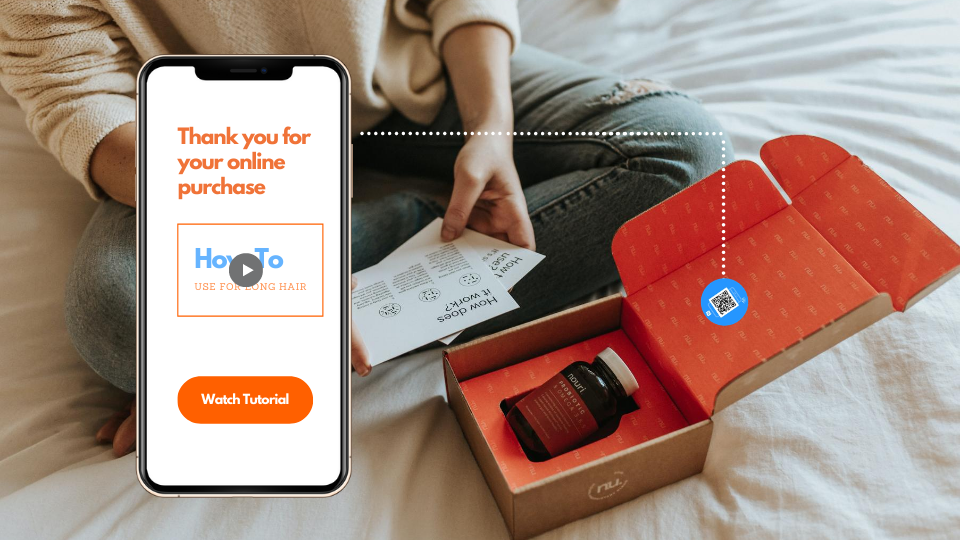
It can encourage support of charitable efforts
Your business should have a digital PR and marketing plan in place already: in fact, it should have always had a marketing plan, dating all the way back to the startup phase. But now isn’t the time to carry on with your existing plans, because you need to roll with the punches and appreciate what really matters at this point. So what matters? Community.
As lives are lost, livelihoods are compromised, and the fabric of society unravels, it’s easy to understand why people aren’t too interested in the eager endorsement of indulgent capitalism. They want to know how they’re going to endure, and how the poorest people out there are going to survive. Companies continuing to be money-obsessed and use all the tricks they can muster to win conversations is only going to tank their reputations.
You may be sincerely passionate about helping people in your community get through this tough time, or you may be cynically determined to get good PR. You might have mixed feelings and simply see it as a win-win. Regardless, it’s an excellent idea to use your business to support charitable efforts — and QR codes can help with that by making it easy to contribute.
Try adding a QR code to the top of your homepage, noting that it leads to a volunteer service to help people out during the pandemic or a donation drive for a charity of your choice. This is better than a regular link because it’s more visible (and you can make the QR code a hyperlink anyway — that way your visitors can decide which of their devices they want to use).
In the end, it will help a great cause and make it clear that your business cares about more than profit, significantly bolstering your corporate reputation. And since QR codes look relatively appealing, you can continue to work them into your homepage design in perpetuity, never fearing that you’ll ruin the overall aesthetic.
It can promote through product packaging
We’re now spending our days wading through emails, social media updates, rapidly-refreshing news pages, and workplace communication tools. Now that almost everything we do is online, it’s getting harder to get attention with online marketing. So when you want to lead a given customer towards a product you think they’ll appreciate, what should you do?
You could email them and watch that email sink to the bottom of their inbox and be lost forever. Add a product suggestion to their store account and watch them miss it entirely. Most prompts like those are ignored, and you can’t blame people for this because they receive so many. How many digital messages do you get on a daily basis?
Assuming you own a smartphone (as it is extremely likely), you might be inundated with notifications from all your installed apps. Here’s what the weather will be like tomorrow, here’s when the next sale will begin, here’s how many steps you took last week, etc. At the same time, your pile of unread emails will gather mass: generic marketing emails, bank updates, LinkedIn invitations… Messages you don’t want to cancel entirely but rarely take the time to review.
Instead of adding to that heap of digital outreach, you can use QR codes during the post-purchase experience to cut through the noise. To lead a customer to a specific product, add a relevant QR code to the packaging in which you ship their latest order. You don’t need expensive custom packaging to do this because you can just print the code on a stick-on label. By linking the QR code to ecommerce analytics, you can track which products drive repeat purchases or additional interest, gaining valuable insights into customer preferences and behaviors.
For businesses looking to create professional, customizable QR codes effortlessly, consider using a reliable QR code generator for businesses that supports dynamic editing and tracking features.
When they receive their package, they’ll be in a different mindset than the one they enter when dealing with the online world: more relaxed, and more open to suggestions. You’ll have their full attention with no direct competition — and if your note says that you have something that might interest them, it won’t take them a moment to open the link (not having to type anything in). The result? Some great opportunities to turn single purchases into many buys.
This route is also very effective when used to support sponsorships and business partnerships, because packaging is seen as fairly innocuous. Think about racing drivers having their cars plastered with brand logos: it’s a form of advertising that has kept its efficacy over the years because it doesn’t really detract from anything (it actually makes things more colorful).
Furthermore, it’s incredibly easy to arrange a mutual-promotion deal with a compatible business that also ships products: that business will print your QR code on its packaging, and you’ll return the favor, leading to a straightforward win-win situation. You can even team up with a business that doesn’t ship any products and simply accept money for the arrangement. You can even extend this strategy to digital collaborations, for instance, linking QR codes to an online auction platform where customers can bid on exclusive bundles, limited-edition releases, or charity items. This not only amplifies engagement but also adds a fun, competitive element that aligns perfectly with interactive ecommerce trends.
It can subtly lead people to different offers
Another way to assist people during this crisis is to provide discounts and other offers to those who are in dire need of everyday support: medical professionals, for instance. But even if you create custom links for such professionals and only DM them through social media inbox, they’ll get out, if only through the sharing of appreciative screenshots.
What difference does it make if you swap those links out for QR codes? It’s simple: a custom URL (“yoursite.com/doctor-discount”) is likely to get attention and see a lot of people who aren’t eligible try to take advantage — criminals have been stealing from hospitals, so they’ll definitely stoop to something that low. And when that happens, you’ll have to react in some way to prevent your altruism being exploited by those who don’t deserve it but will lie to get it.
You can retract your offer, of course, and cite its abuse as the reason. People won’t blame you (outside of considering you naive, perhaps), but you’ll be back at square one. You can plead with those exploiting it to stop, but they won’t listen: if they were going to feel guilty enough to prevent them from taking action, they’d have done so from the outset.
Perhaps you could implement a manual review process to confirm that each person attempting to take advantage of your offer genuinely meets the criteria — but while that sounds good, it’s actually highly impractical. What would you accept as proof? And how likely would a busy medical professional be to bother going through a email verification process for a basic discount?
None of those options is great — but people can’t read QR codes. Because of this, they don’t stand out as obvious, and their significance is only made clear through context. If your custom QR code gets out, then, fewer people will think to take advantage of it, because they’ll perhaps assume that it doesn’t lead to any special page: just some kind of confirmation scheme to ensure that the buyer is who they say they are.
It’s only a simple veil to conceal the truth of the different links you send out, but the minor boost in anonymity that will stem from it will make a real difference as you seek to help people out without having your charitable intentions taken advantage of.
QR codes are generally preferable to regular URLs, whether you’re dealing with offline marketing materials or staying within the digital marketplace — and given everything that’s happening in the world right now, they can do a lot to maintain effective promotion even in the face of tricky digital marketing conditions, further charitable efforts, and help support people in need.







